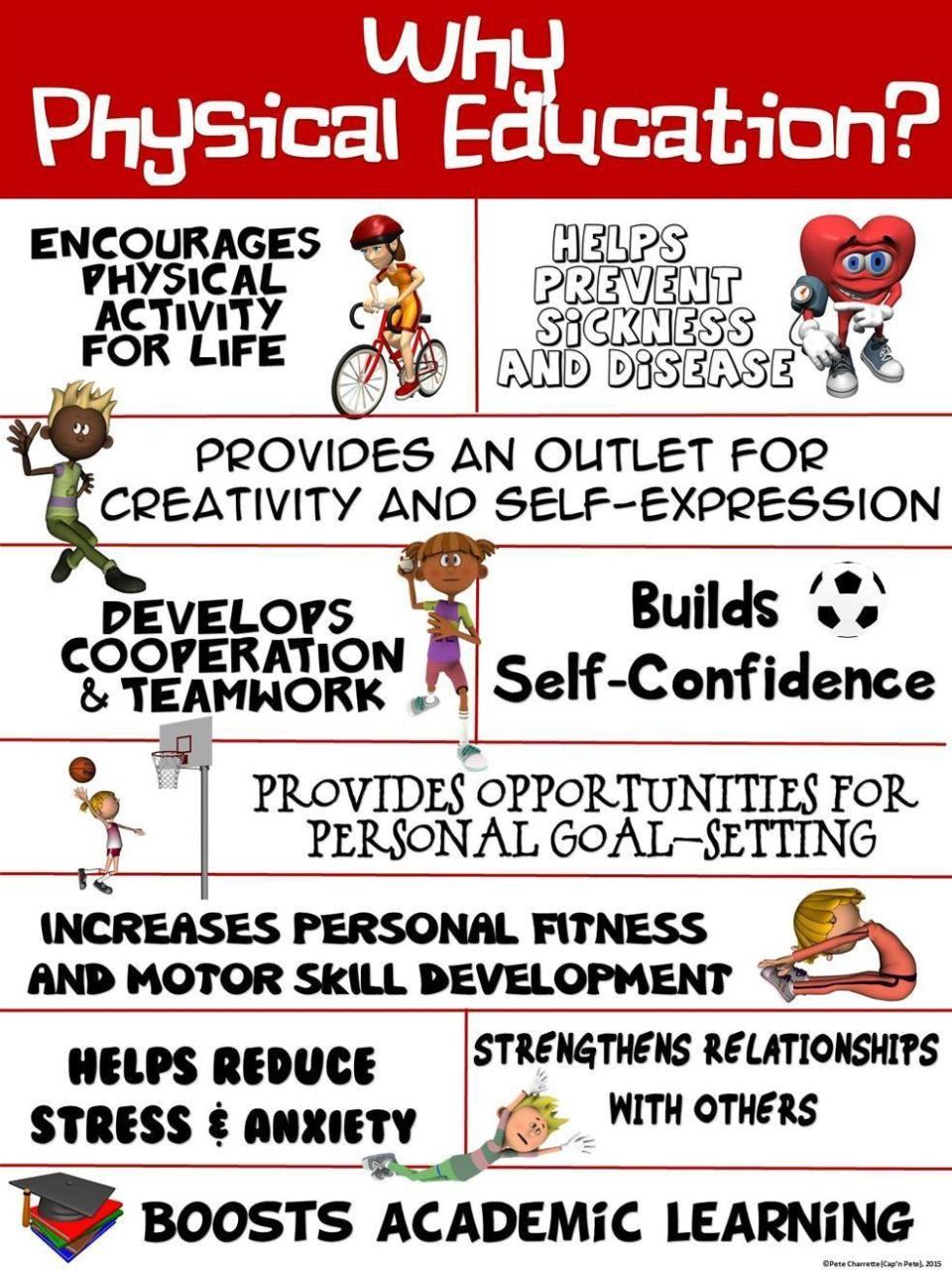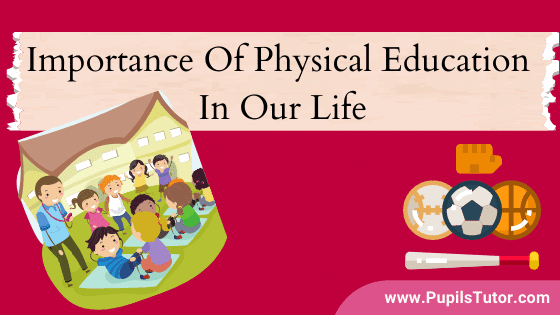The Importance of a Physical Education Schedule Routine

Physical education is an essential part of a well-rounded education, as it plays a vital role in the development of children’s physical, mental, and social abilities. Regular physical activity not only improves physical health but also enhances cognitive function, boosts self-esteem, and promotes social interaction. A physical education schedule routine is crucial in ensuring that students receive consistent and quality physical education. In this article, we will discuss the importance of a physical education schedule routine and provide a sample schedule for schools to follow.
Why is Physical Education Important?
Physical education is essential for children’s overall development. It helps to:
- Improve Physical Health: Regular physical activity reduces the risk of obesity, diabetes, and heart disease. It also improves flexibility, balance, and coordination.
- Enhance Cognitive Function: Physical activity has been shown to improve concentration, memory, and academic performance.
- Boost Self-Esteem: Physical activity helps to build confidence and self-esteem, which is essential for children’s emotional and social development.
- Promote Social Interaction: Physical education provides opportunities for children to interact with their peers, developing social skills such as communication, teamwork, and sportsmanship.
Components of a Physical Education Schedule Routine

A physical education schedule routine should include a variety of activities that cater to different age groups and abilities. The following components should be included:
- Warm-up and Stretching: A 10-15 minute warm-up and stretching session to prepare students for physical activity.
- Cardiovascular Exercise: 20-30 minutes of aerobic exercise, such as running, jumping rope, or dancing, to improve cardiovascular health.
- Strength Training: 20-30 minutes of resistance exercises, such as weightlifting or bodyweight exercises, to improve muscular strength and endurance.
- Flexibility and Balance: 10-15 minutes of activities that improve flexibility and balance, such as yoga or gymnastics.
- Team Sports: 30-40 minutes of team sports, such as soccer, basketball, or volleyball, to promote social interaction and teamwork.
- Cool-down and Stretching: A 10-15 minute cool-down and stretching session to prevent injury and promote relaxation.

Sample Physical Education Schedule Routine

Here is a sample physical education schedule routine for schools to follow:
Monday (Cardiovascular Day)
- Warm-up and stretching (10 minutes)
- Jogging or running (20 minutes)
- Jumping rope or dancing (20 minutes)
- Cool-down and stretching (10 minutes)
Tuesday (Strength Training Day)
- Warm-up and stretching (10 minutes)
- Weightlifting or bodyweight exercises (20 minutes)
- Resistance band exercises (20 minutes)
- Cool-down and stretching (10 minutes)
Wednesday (Team Sports Day)
- Warm-up and stretching (10 minutes)
- Soccer or basketball (30 minutes)
- Volleyball or badminton (30 minutes)
- Cool-down and stretching (10 minutes)
Thursday (Flexibility and Balance Day)
- Warm-up and stretching (10 minutes)
- Yoga or gymnastics (20 minutes)
- Balance exercises (20 minutes)
- Cool-down and stretching (10 minutes)
Friday (Fun Day)
- Warm-up and stretching (10 minutes)
- Obstacle course or scavenger hunt (30 minutes)
- Dance party or games (30 minutes)
- Cool-down and stretching (10 minutes)
Conclusion
A physical education schedule routine is essential in ensuring that students receive consistent and quality physical education. By incorporating a variety of activities that cater to different age groups and abilities, schools can promote physical health, cognitive function, self-esteem, and social interaction. The sample schedule provided is just a starting point, and schools can modify it to suit their specific needs and resources. By prioritizing physical education, we can help children develop into happy, healthy, and well-rounded individuals.

